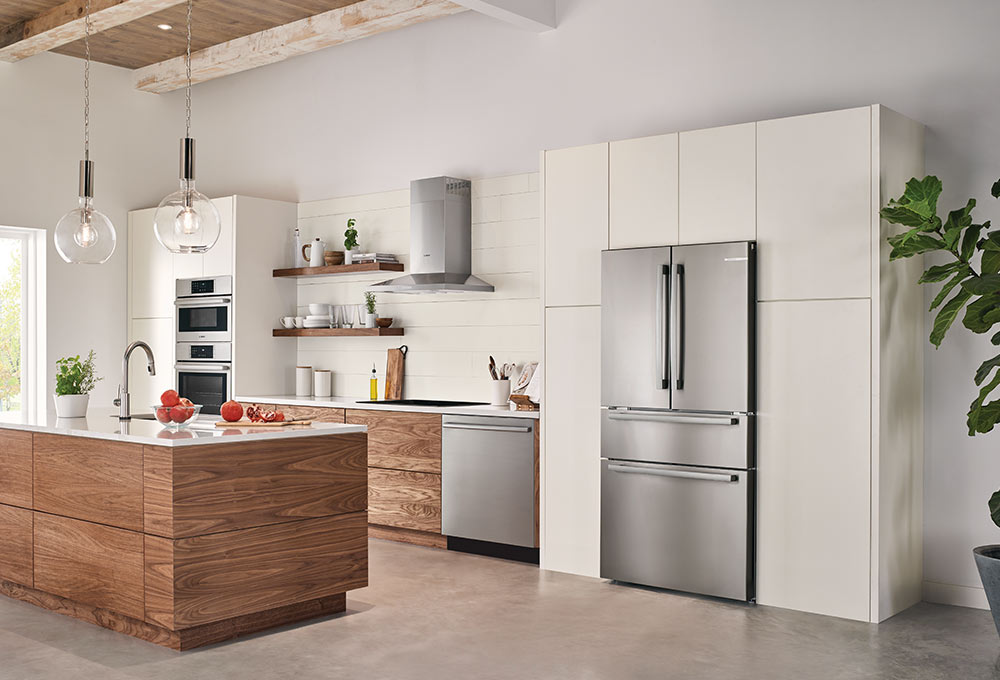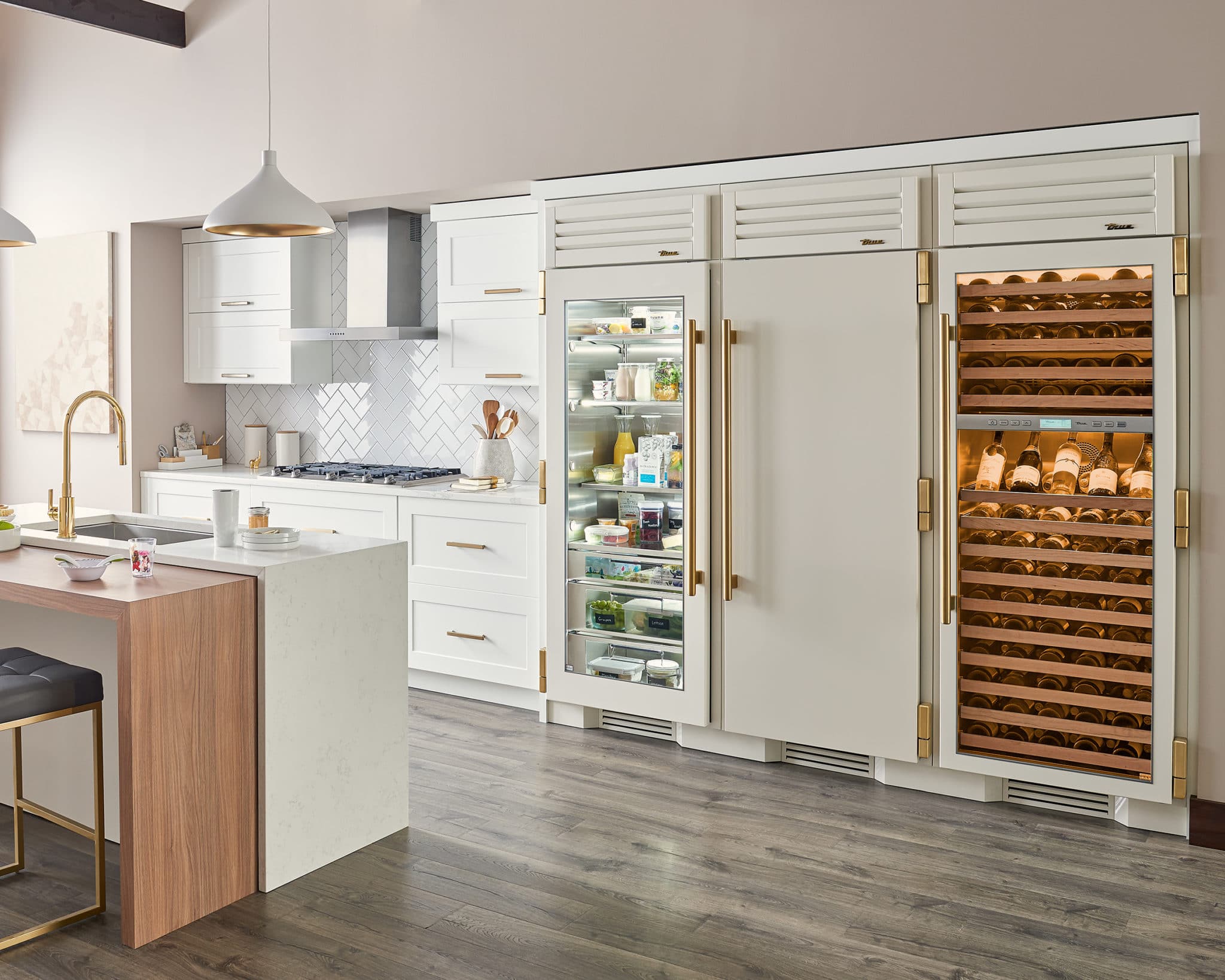Your refrigerator is supposed to preserve perishables such as meat, dairy, fruit, and vegetables. But sometimes things go awry, and you find your fridge full of frozen items. Sub-Zero fridge repair may be required, but this isn’t always a serious problem. Here, we will discuss several reasons why the fridge is freezing your food and what you can do about it.
The Temperature Is Set Too Low
First, check the dial on the fridge’s temperature controls. Refrigerator dials aren’t the most accurate, but you can tell if it seems unusually high. Turn the dial to raise the temperature, which should be between 38 and 42°F. Too warm and your fridge will spoil all the food and allow microbes to flourish. For an older fridge, purchase a separate thermometer, such as an analog unit or an external digital wireless device that displays the internal temperature.
Find Where the Freezing Is Occurring
Are contents throughout the interior freezing or is it happening in one area? The top shelf, bottom drawers, and door shelves are the most common areas to freeze. If this is the case, move temperature-sensitive foods to another part of the fridge.
Food Is Too Close to the Vents
The coolest air is going to be where the cooling vents are. Most of the time, a cooling vent is installed near the top shelf. Most cold air comes from the top or side of this shelf area. Try to keep food at least five inches away from the vent. You can also rearrange the shelves if you have a side-by-side refrigerator in which a vent funnels freezer air into the fridge side.
The Freezer Isn’t Set Right
In bottom freezer fridges, heat rises in the refrigerator section and the bottom is usually the coldest part. You can either turn up the freezer settings or move food to higher shelves. Raising the freezer temperature settings, however, can be problematic in terms of spoilage and bacterial growth. Check your ice maker as well; if it’s always running, it could make your freezer colder.
There’s Not Enough Food in the Fridge
The more food that’s stored, the more there is to absorb the cold air, which sinks to the bottom if there’s nothing to absorb it. A full fridge can therefore keep items at the bottom from freezing. Filling your fridge helps maintain the temperature as well, reducing energy usage.
Mechanical Factors
Various mechanisms in your refrigerator can affect temperature distribution. Dirty, dusty coils can cause the compressor to overcompensate, making the freezer colder but also causing food and drinks to freeze. The gasket on the freezer door should also be properly sealed. If not, the freezer can run continuously and make the fridge colder.
Fortunately, you can often fix these problems by dusting off the coils with a canister vacuum. A cracked, ripped, or worn freezer door seal can be replaced to restore proper function.
Electrical Problems
Electrical problems can cause your fridge to act up. These can involve the thermostat, its wiring harness connector, or the temperature sensing tube. Sometimes you may need replacement parts, but when you don’t know why your fridge is freezing or how to fix it, Wilshire Refrigeration can help.
We provide appliance repair in Los Angeles, throughout Southern California, and in Las Vegas, Nevada. Call us at 800-427-3653 or contact us online for help with your Sub-Zero fridge repair today, or for repair or maintenance of Wolf stoves/ranges, Cove dishwashers, and ASKO washers/dryers by our factory-trained appliance repair technicians.



